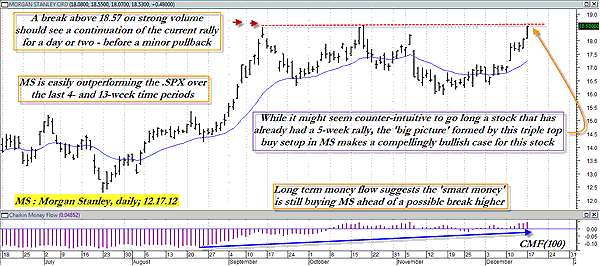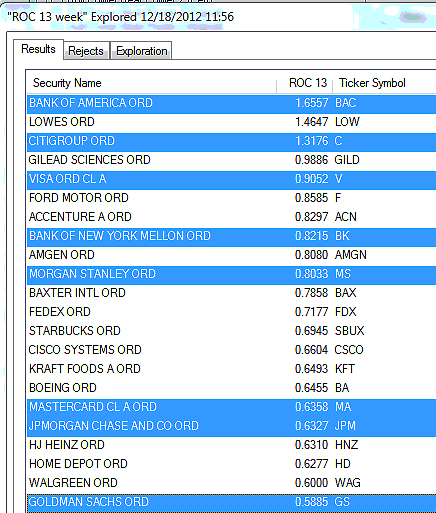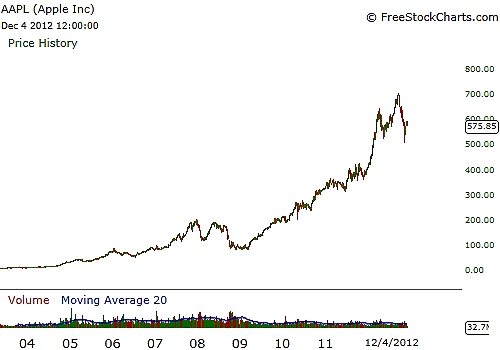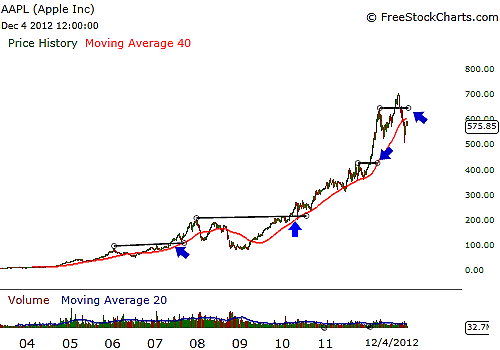The yen fell to its lowest level
against the euro since August last year on prospects the Bank of
Japan (8301) will expand stimulus at a two-day policy meeting that ends
tomorrow, its first since the nation’s general election.
Japan’s currency traded near the weakest level since April
2011 versus the dollar after data today showed the country’s
trade deficit widened in November. The 17-nation euro extended
gains against the dollar to an eighth day and touched a seven-
month high amid optimism U.S. lawmakers will reach agreement on
the budget and before data forecast to show improvement in
German business confidence.
“Yen-selling is likely to remain intact,” said Koji Iwata, vice president of foreign-exchange trading in New York at
Mizuho Corporate Bank Ltd., a unit of Japan’s third-biggest
financial group by market value. “The BOJ will probably
disappoint the market if it doesn’t boost asset purchases.”
The yen touched 111.78 per euro, the weakest since Aug. 30,
2011, before trading at 111.69 as of 6:30 a.m. in London, 0.3
percent below yesterday’s close. Japan’s currency lost 0.2
percent to 84.35 per dollar, after touching 84.48 on Dec. 17,
the lowest since April 12 last year. The euro advanced 0.1
percent to $1.3243 after earlier reaching $1.3256, the most
since May 1.
Seventeen of 21 analysts surveyed by Bloomberg News expect
the BOJ to ease monetary policy at its policy meeting. Incoming
Prime Minister Shinzo Abe, whose Liberal Democratic Party swept
to victory in elections for the lower house of Japan’s
Parliament on Dec. 16, said yesterday that he requested BOJ
Governor Masaaki Shirakawa agree to an accord containing a 2
percent inflation target.
Abe has called for unlimited easing by the BOJ to defeat
deflation and revive growth.
Trade Deficit
Japan’s exports fell 4.1 percent last month from a year
earlier, leaving a trade deficit of 953.4 billion yen ($11.3
billion), the Finance Ministry said today in Tokyo.
Commonwealth Bank of Australia (CBA) lowered its forecasts for
the yen today, citing a falling surplus in Japan’s current
account, the broadest measure of trade.
The Japanese currency will drop to 98 yen per dollar in
December next year, Commonwealth Bank strategists Joseph Capurso
and Richard Grace wrote in an e-mailed report. That compares
with an earlier projection for it to trade at 83. The yen will
decline to 129.36 per euro by the end of 2013 compared with an
earlier projection of 110.39, according to the bank, which is
Australia’s largest by market value.
Yen Forecasts
A sharp contraction in the current account surplus is a
major reason the yen will “weaken substantially further in
2013,” the strategists wrote. The surplus “will remain small,
or possibly return to deficit, because Japan’s household savings
is likely to keep falling and government budget deficits are
likely to remain large.”
The yen has lost 13 percent this year, the worst performer
among the 10 developed-nation currencies tracked by Bloomberg
Correlation-Weighted Indexes. The dollar has weakened 3.3
percent and the euro has dropped 1 percent.
Japan’s benchmark Nikkei 225 Stock Average climbed as much
as 2.4 percent today, rising above 10,000 for the first time
since April, as a weaker yen brightened overseas earnings
prospects. The MSCI Asia Pacific Index of shares advanced 1.2
percent.
The Dollar Index, which IntercontinentalExchange Inc. uses
to track the greenback against currencies of six U.S. trading
partners, touched a two-month low amid speculation a compromise
will be reached in U.S. budget negotiations, sapping demand for
safer assets. Political leaders in Washington are debating how
to avoid the so-called fiscal cliff, more than $600 billion in
automatic tax increases and spending cuts that will take effect
in January unless Congress acts.
‘Plan B’
House Speaker John Boehner is trying to sell a tax increase
for top earners to fellow Republicans. The speaker said
yesterday the House will vote this week on a budget “plan B”
that would raise tax rates on income of more than $1 million a
year, while he continues to negotiate with President Barack Obama. Obama’s administration and other Democrats immediately
rejected the proposal as inadequate.
The Dollar Index declined as much as 0.2 percent to 79.221,
the least since Oct. 18.
Europe’s shared currency advanced for an eighth day against
the dollar, the longest series of gains since the eight trading
sessions ended April 28, 2011.
Ifo Survey
In Germany, the Munich-based Ifo institute is predicted to
say its business climate index rose to 102 this month from 101.4
in November, according to economists surveyed by Bloomberg. An
Ifo measure of executives’ expectations may increase to 96.4
from 95.2, while a gauge of the current situation probably slid
to 108 from 108.1, surveys showed ahead of the data today.
Standard & Poor’s yesterday lifted Greece’s credit rating
to B- from selective default, citing the completion of the
nation’s distressed debt buyback and the determination of euro-
zone member states to preserve its membership in the bloc.
The next key test for euro sentiment will come from the Ifo
survey, Ray Attrill, the Sydney-based global co-head of currency
strategy at National Australia Bank Ltd., wrote in a note to
clients today. “Any improvement on the November readings should
keep the rally intact.”
The New Zealand dollar fell against all of its 16 major
counterparts after Auckland-based Fonterra Cooperative Group
Ltd., the world’s largest dairy exporter, said whole-milk prices
fell for a fourth-straight auction.
New Zealand’s currency, known as the kiwi, dropped 0.2
percent to 83.95 U.S. cents. It fell 0.1 percent to 70.79 yen.
Source: Bloomberg
Reymount Investment Products & Services:
Forex Trading,
CFD Trading,
Precious Metals Trading,
Trading Software,
Introducing Brokers(IB),
Individual Trading,
White label Program.












